From luxurious attire to quirky folk festivals — explore some of the colorful Chinese traditions in Sputnik's gallery.
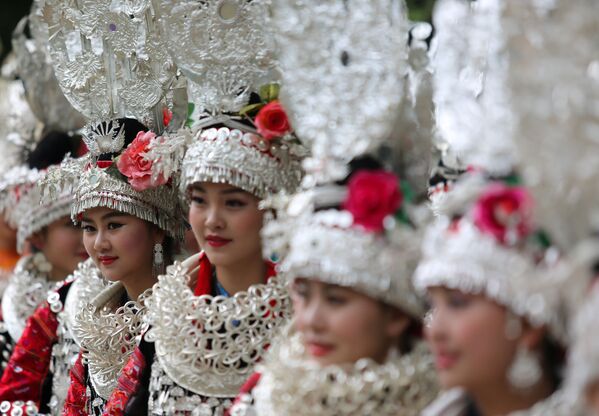
Ethnic Miao women wearing traditional costumes perform during a beauty contest in Taijiang, Guizhou province, on April 29, 2017.
Miao people wear similar traditional clothes during the annual Guizhou Jianhe Yang'asha Culture Festival, a three-day event commemorating Yang'asha, the Goddess of Beauty, who, according to a Miao legend, was born in a well.
Miao people wear similar traditional clothes during the annual Guizhou Jianhe Yang'asha Culture Festival, a three-day event commemorating Yang'asha, the Goddess of Beauty, who, according to a Miao legend, was born in a well.
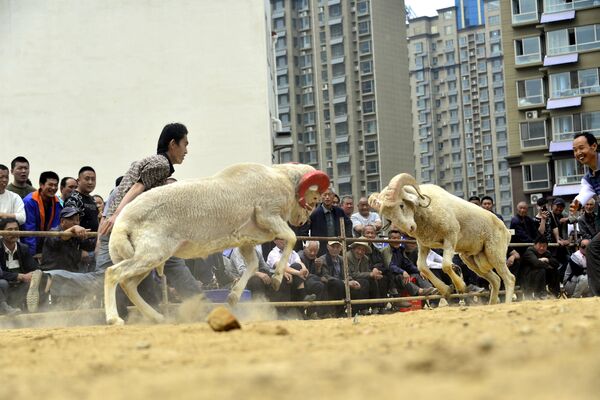
Goat fighting is a popular pastime in China. In Henan Province, an annual goat fighting competition is held to celebrate Chinese New Year.
Above: locals watch a goat fight in a village in Yanggu County, Shandong Province, on May 1, 2017.
Above: locals watch a goat fight in a village in Yanggu County, Shandong Province, on May 1, 2017.
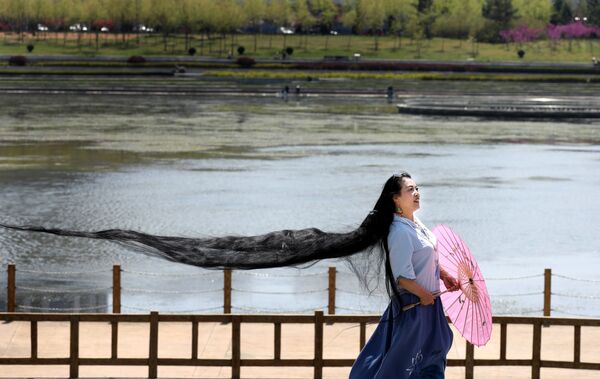
A woman with long hair poses for pictures in Weihai, Shandong province, on April 22, 2017.
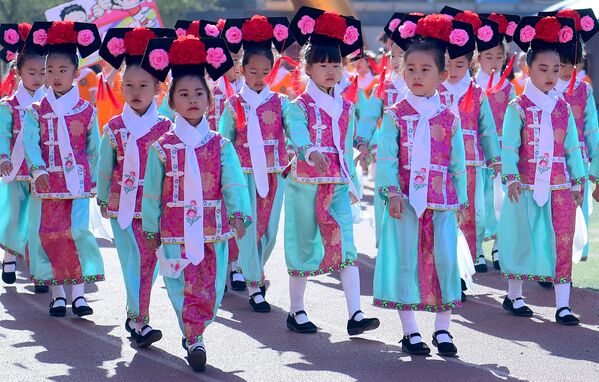
Primary school students wearing traditional Chinese costumes walk during a sports event in Shenyang, Liaoning province, on April 27, 2017.

The head of a legendary Miao goddess is balanced onto the body of the statue, in Jianhe County, Guizhou Province, on April 15, 2017.
The 88-meter-high statue depicts Yang'asha, the Goddess of Beauty, a deity worshiped by the Miao, a local ethnic group.
The 88-meter-high statue depicts Yang'asha, the Goddess of Beauty, a deity worshiped by the Miao, a local ethnic group.
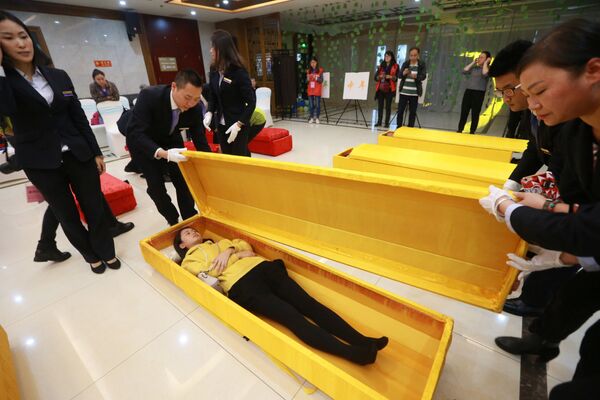
During the annual Qing Ming Festival, people visit the graves of their ancestors and tidy up their tombstones in order to show their respect for the dead.
Above: a woman lies in a coffin during an opening day of a funeral parlor in Chongqing, on April 27, 2017.
Above: a woman lies in a coffin during an opening day of a funeral parlor in Chongqing, on April 27, 2017.

Women wearing wigs look in mirrors during an opening day of a funeral parlor in Chongqing, on April 27, 2017.
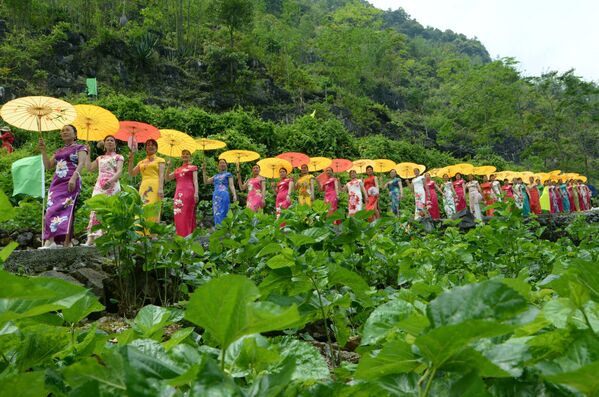
Women in cheongsams, traditional Chinese dresses, walk through a plantation in Laibin, Guangxi Zhuang Autonomous Region, on April 29, 2017.
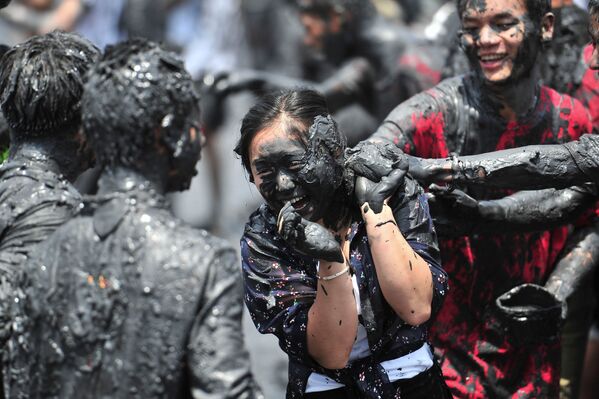
At the traditional Monihei Carnival, people can be seen throwing and smearing mud onto each other's faces to express their wishes of happiness and good health.
Above: people smear plant ash onto each other during Monihei Carnival in Cangyuan, Yunnan province, on April 30, 2017.
Above: people smear plant ash onto each other during Monihei Carnival in Cangyuan, Yunnan province, on April 30, 2017.

China is one of the world's largest producers of rice, making the cultivation of rice a vital part of the national economy.
Above: farmers plant crops in the rice paddies of Leshan, Sichuan province, on April 19, 2017.
Above: farmers plant crops in the rice paddies of Leshan, Sichuan province, on April 19, 2017.
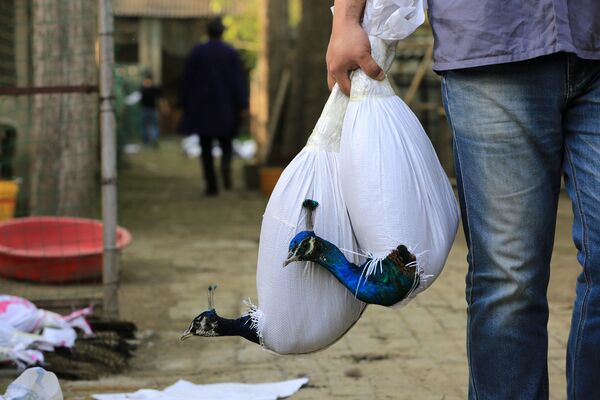
The Chinese are famous for unconventional food and choice of medicine ingredients. For example, wild peacocks can sometimes be found on food markets, even though these animals are listed as a protected species under Chinese law.
Above: a man carries peacocks covered in bags as a protection of their plumes during transportation, Xiangyang, Hubei province, on April 12, 2017.
Above: a man carries peacocks covered in bags as a protection of their plumes during transportation, Xiangyang, Hubei province, on April 12, 2017.

